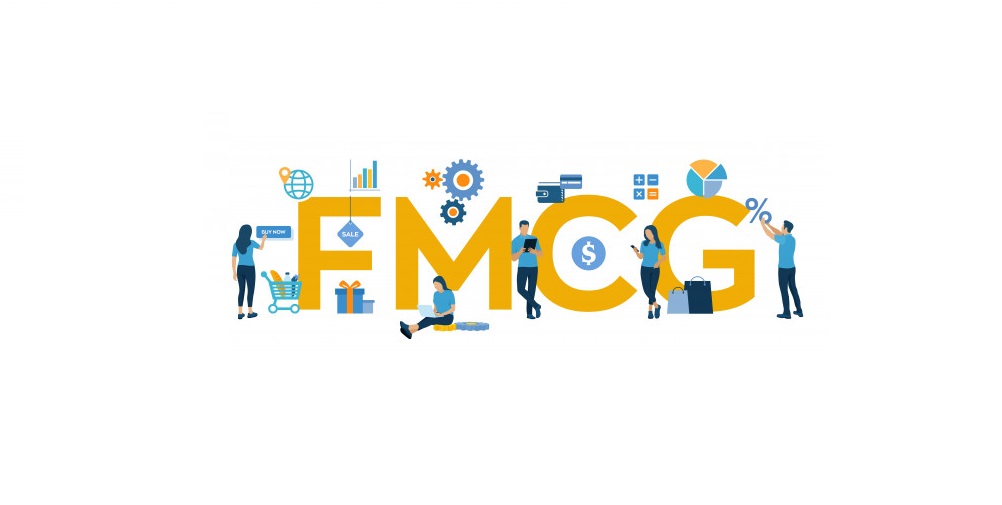Programmatic advertising is a modern way of reaching audiences on the Internet, thanks to which you can achieve a result up to three times better than using more traditional systems for creating campaigns. The ability to purchase advertising space in the best places on the web, combined with extensive optimization options, make us reach people interested in our offer faster than ever, while using the budget up to the last dollar. Let’s show it on the example of one of our clients from the FMCG industry.
The most effective advertising for big players
The programmatic campaign was carried out in April this year and lasted a month. Our client has just introduced a new product to the market, so the main goal was to achieve the widest possible reach of advertisements to reach the largest possible group of potential customers. At the same time, however, we did not want to lose quality, so the campaign was to be visible mainly on high-quality portals that were very popular among Internet users. We have been cooperating with our client for a long time, creating other types of campaigns, so we knew his recipient profile, which made it easier for us to choose the means to achieve the set goal.
We decided that the best solution for the client would be to use video ads published on YouTube and in places automatically purchased by the Programmatic system as part of Open Auctions. We supplemented these activities with the Display campaign, using, among others, the Rich Media (Parallax) creation, whose advanced functions increase the possibilities of interaction with the recipient. We also decided to use animated HTML5 banners, which draw the attention of a typical user much better than traditional ones. What effect did the chosen strategy bring? In a month, it managed to reach 22,823,700 views in the most attractive advertising spaces on the Internet.
When it comes to impressions, the natural question may arise as to whether the ad was actually spotted and worked. After all, the creations could appear in a place where the user will not notice them, or they could be scrolled so quickly that it was impossible to register the message. To avoid such doubts, the viewability parameter was created, which determines what percentage of displayed ads was most likely actually seen by the recipient. In the case of the discussed campaign, viewability was at the level of 89%, which means that almost every display was related to the achievement of the assumed goal.
The best surfaces at optimal prices
But let’s move on to a more detailed campaign analysis. As the main goal of advertising was to familiarize as many potential customers as possible with the new product, we focused on different formats and different environments – this maximized the chance of achieving the expected reach. Different activities in different systems and display places, however, always carry the risk of burning through the budget. In optimization activities, we focused mainly on minimizing the cost of impressions without losing their number and, of course, the quality of placements for advertising. We also set a common capping for all formats, i.e. the maximum number of ad impressions per day per user. Thanks to this, it was possible to avoid unnecessary expenses on repeating the message to recipients familiar with it, and thus reach a greater number of new potential customers.
We also took care to exclude low-quality placements on an ongoing basis, which allowed us to maintain high-quality broadcasts throughout the campaign. As a result, the ad was most often displayed in such recognizable and prestigious placements.
Of course, we also paid attention to brand safety, i.e. securing the brand’s reputation. Throughout the campaign, we made sure that advertisements did not appear on websites rich in controversial content or in provocative contexts that could harm the client’s image.
Programmatic campaign costs
The entire month of the campaign is also the work of both our specialists and self-learning algorithms on issues such as budget relocation and bid optimization to achieve maximum reach within the assumed budget. As a result, we significantly reduced the costs of the campaign – a single impression averaged 2 cents for open auctions in Programmatic and 3 cents for the YouTube platform.
– Average CPV Video total: $ 0.03,
– CPV Programmatic Average Open Auctions: $ 0.02,
– YouTube average CPV $ 0.03.
In the case of CPM rates, i.e. per thousand ad impressions, the costs were as follows:
– Average CPM total: $ 3.66,
– YouTube average CPM $ 12.7,
– Average CPM Programmatic Video open auctions $ 3.90,
– CPM Display Programmatic average open auctions $ 2.21.
The total cost of the campaign was $ 83,500 and allowed to reach almost 23 million views. So optimizing your bids resulted in a number of impressions close to the population of Texas. Of course, this does not mean that so many people saw the client’s advertising creations, as promotional videos and banners could be displayed several times to the same users. Still, this is the reach that has significantly helped raise awareness of both the brand and the new product.
It should not be forgotten that Programmatic is an advanced system that collects huge amounts of data about Internet users in order to display advertisements only to those who are likely to be interested in the offer. This is a significant advantage over television or outdoor campaigns, in the case of which we have very little influence on the selection of the target group, and thus the final result of activities.
